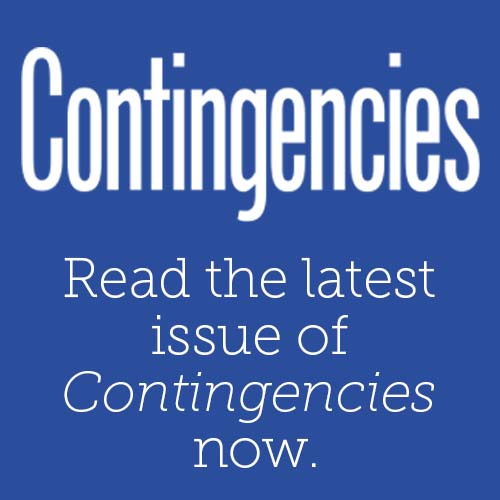Your Role in the Standard-Setting Process
The Actuarial Standards Board (ASB) has been very busy in recent months in the last year: About 20 of the 52 actuarial standards of practice (ASOPs) that are currently in effect are being revised. In addition, two new standards are being developed, and one actuarial compliance guideline will likely be converted into an ASOP. Most reading this are not a member of the ASB or one of its committees or task forces, but you should know you do have a role to play in this process.
The ASB approves proposals for new or revised ASOPs when it determines that it is appropriate to reflect emerging issues in actuarial practice, recent advancements in actuarial science, or changes in law or the business environment in the standards of practice. Once the ASB approves a proposal for a new standard or a revision to an existing one, a task force reporting to the standing committee in the relevant practice area is usually formed to do the drafting work. (Sometimes, the standing committee itself acts as the drafting group.)
Once reviewed and approved, the proposed exposure draft is sent to all members and posted on the ASB website, and anyone interested can submit comments.
The initial drafting stage can take anywhere from a few months for a minor revision to two years for major revisions or the development of a new ASOP. Before being released for comment, proposed exposure drafts are carefully reviewed by the relevant practice area standing committee and the ASB and Academy legal counsel.
Once the ASB has reviewed and approved the proposed exposure draft, the draft is sent out via email to all members and posted on the ASB website, usually for 60-90 days, and anyone interested can submit comments. Most comments received are from individual actuaries, but companies, committees, government bodies, and other stakeholders are welcomed and encouraged to comment as well.
Why is this exposure process important? It allows the ASB to gain insight into a wide range of views from those who would be affected by the proposed or revised ASOP. And it allows actuaries—and other interested parties—to weigh in on the standards that impact them. As ASOP No. 1, Introductory Actuarial Standard of Practice, notes, the exposure process “is intended to seek input on the effect that the proposed ASOP would have on the level of practice.”1
The exposure process also ensures a measure of transparency and keeps the profession and the public informed about points of view that may affect the final content of the ASOP. Anyone can view the comments submitted— all signed comments received by the deadline are posted online. (To help ensure the integrity and transparency of the process, the ASB does not accept anonymous comments.)
Once the comment period closes, the drafting group carefully considers the comments, drafts responses, and make subsequent changes to the draft; this process often takes months. When considering a comment, the drafting group summarizes the comment and the group’s response to the comment, including the extent to which the comment was incorporated and the rationale for doing so. This summary and response appear in the appendices of each ASOP, usually Appendix 2.
Such careful consideration of the comments, along with the transparency of the process and wide range of input received, help the ASB ensure the integrity of the standard-setting process and that the public can trust the standards that govern actuarial practice in the U.S.
With exposure drafts in nearly every practice area expected to be released over the next year or so, we encourage you to keep an eye out for exposure drafts of ASOPs in your area of practice. To stay informed about the release of exposure drafts, sign up for Boxscore, the ASB’s newsletter. By participating in the exposure process, you not only contribute to your profession and provide input on the standards that affect your work, but you can earn professionalism continuing education credits for the time you spend preparing your comments.
Footnotes
1 Section 3.11.







